Are you looking to demonstrate static electricity? How do you demonstrate an invisible force? Why not spark curiosity with an aluminum can and a balloon? The rolling can experiment featuring our trusty companion, the humble balloon, is a fantastic science experiment perfect for kids of all ages!
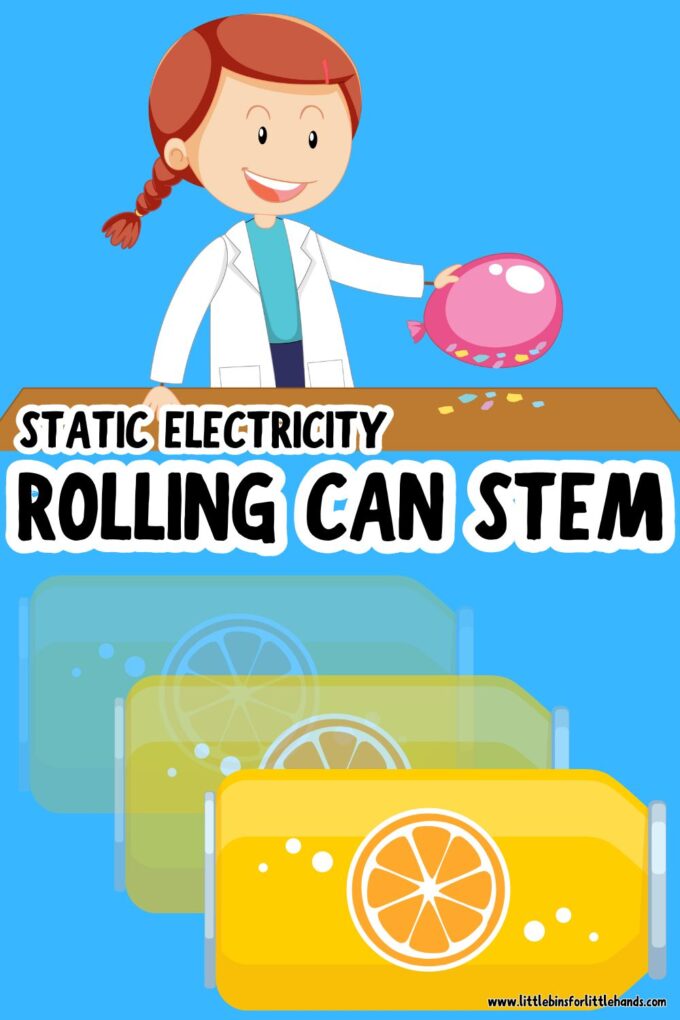
Fun Static Electricity Experiments
Static electricity is a fascinating aspect of science, showcasing the invisible forces at work around us. The rolling can experiment provides a tangible demonstration of static electricity’s captivating nature. You’ll also love our bending water demonstration.
Learn More: Static Electricity for Kids
Watch the Video:
How to Set up the Rolling Can Experiment
Materials:
- A clean aluminum soda can
- A blown-up balloon
- A head of hair (or a piece of wool)
- Journal sheets (optional)
Procedure:
Follow along with the video, or join us in the club for a printable version of the video!
STEP 1: Rub the balloon against your hair or wool fabric. This action transfers electrons from your hair to the balloon’s surface, giving it a negative charge.
STEP 2: Bring the charged balloon close to the aluminum soda can without touching it. You’ll observe that the can is attracted to the balloon.
STEP 3: Then, without letting the balloon touch the can, move it around it in a circular motion. Voila! The can will roll in the direction opposite the balloon’s movement.
Rolling Can Experiment Science
Rub a balloon against your hair, it picks up tiny particles called electrons, making it negatively charged. Now, move this charged balloon close to a neutral aluminum can, it attracts the can because opposite charges attract. As you move the balloon around the can, the charges in the can rearrange, causing it to roll away from the balloon.
It’s like a game of tug-of-war between the charged balloon and the aluminum can. The can moves in the opposite direction to the balloon’s movement. The can rolls because of the invisible forces of static electricity.
Explore More Static Electricity with Balloons
- Static Charge Attraction: Use a charged balloon to pick up small pieces of paper or confetti by attracting them.
- Balloon Wall Sticking: Rub a balloon against a wall and see it stick due to static charge buildup.
- Bending Water: Bend a stream of water with a charged balloon!
Kids can take everything they have learned about using the scientific method, stating a hypothesis, choosing variables, making observations, and analyzing and presenting data.
Incorporating the Scientific Method
- Observation: Notice the behavior of the can when the charged balloon is brought near it.
- Hypothesis: Formulate a hypothesis about why the can moves in response to the balloon.
- Experimentation: Experiment by varying the materials or conditions to test your hypothesis.
- Analysis: Observe the results and compare them with your hypothesis.
- Conclusion: Draw conclusions based on your observations and analysis, and refine your understanding of static electricity.
Want to turn the rolling can experiment into a science fair project? Check out these resources.
Helpful Science Resources To Get You Started
Here are a few resources to help you introduce science more effectively to your kids or students and feel confident when presenting materials. You’ll find helpful free printables throughout.
- Best Science Practices (as it relates to the scientific method)
- Science Vocabulary
- 8 Science Books for Kids
- All About Scientists
- Free Science Worksheets
- Science Supplies List
- Science Tools for Kids
- Join us in the Club
More Science Experiments for Kids
- Balloon Baking Soda Experiment
- Homemade Lava Lamp
- Oobleck Recipe
- Catapult STEM Activity
- Egg in Vinegar
- Bubble Science
- Mentos and Coke Rocket
- Balloon Rocket
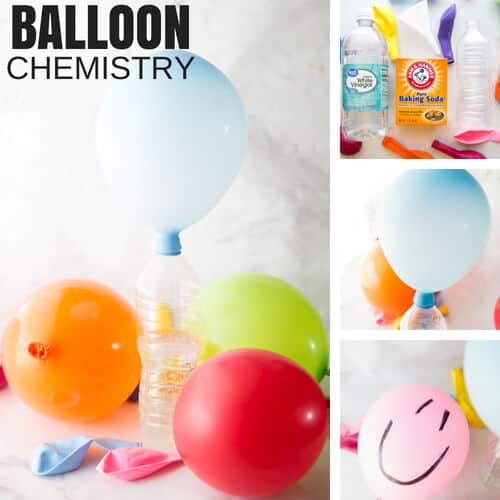
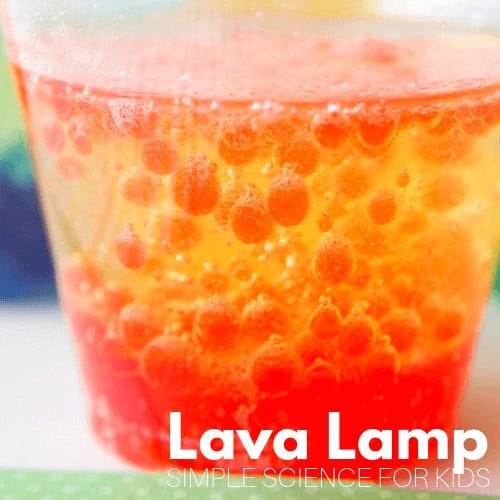
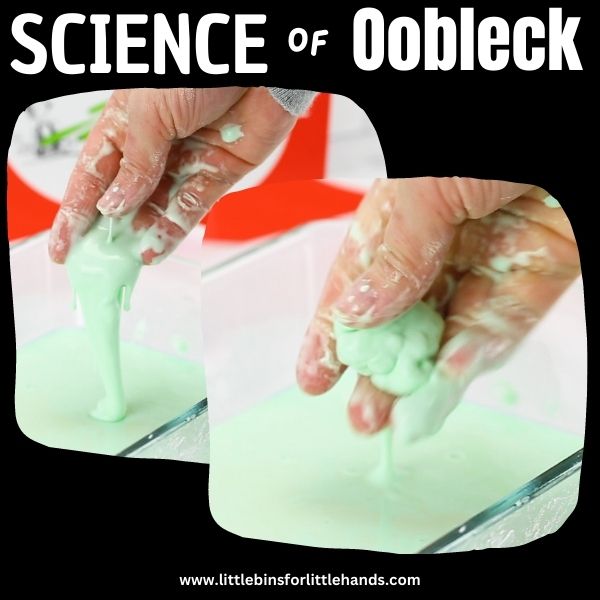


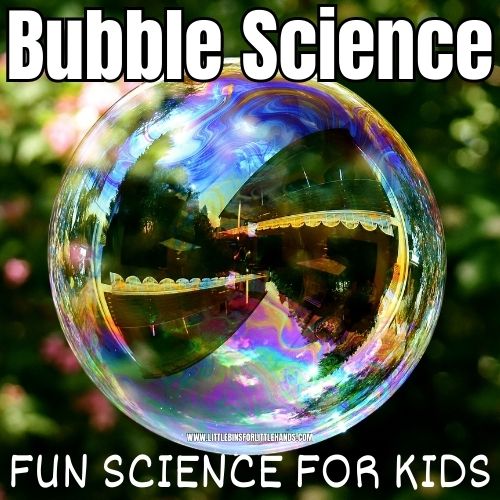
Printable Science Projects For Kids
If you’re looking to grab all of our printable science projects in one convenient place plus exclusive worksheets and bonuses like a STEAM Project pack, our Science Project Pack is what you need! Over 300+ Pages!
- 90+ classic science activities with journal pages, supply lists, set up and process, and science information. NEW! Activity-specific observation pages!
- Best science practices posters and our original science method process folders for extra alternatives!
- Be a Collector activities pack introduces kids to the world of making collections through the eyes of a scientist. What will they collect first?
- Know the Words Science vocabulary pack includes flashcards, crosswords, and word searches that illuminate keywords in the experiments!
- My science journal writing prompts explore what it means to be a scientist!!
- Bonus STEAM Project Pack: Art meets science with doable projects!
- Bonus Quick Grab Packs for Biology, Earth Science, Chemistry, and Physics






